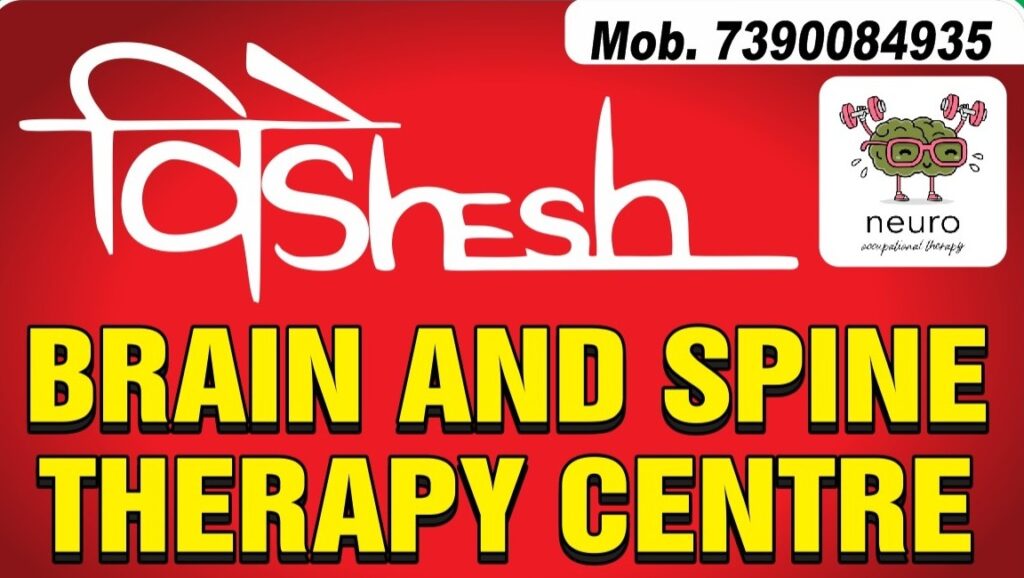It’s no secret that countless individuals suffer from headaches daily. Yet, not every headache stems from the same cause. A considerable portion of these pains can be traced back to cervicogenic pain, a type of headache originating from the cervical spine or neck region.
Cervicogenic pain is often misdiagnosed due to its similarity to other headache forms, particularly migraines. However, understanding its distinct characteristics is crucial, especially when physiotherapy offers promising interventions.
For physiotherapists, it’s essential to recognize that cervicogenic headaches typically result from issues in the neck. Whether it’s whiplash from a car accident, poor posture from extended computer usage, or degenerative conditions, the cervical spine plays a significant role. The interconnectedness of the neck muscles, joints, and nerves means that issues here can radiate pain to the head, causing these deceptive headaches.
Physiotherapy interventions provide non-invasive solutions that have shown to be particularly effective. Techniques such as manual therapy, neck exercises, and posture correction can yield significant improvements. By targeting the cervical region’s muscular and joint functions, physiotherapy helps in enhancing mobility and strength. This not only relieves the existing pain but also minimizes the recurrence of cervicogenic headaches.
Moreover, physiotherapists, armed with their extensive knowledge, play an educational role. By teaching patients about proper posture, ergonomics, and neck care, they empower them to take charge of their well-being. After all, prevention is often more valuable than cure.
In conclusion, cervicogenic pain might be a common complaint, but it doesn’t have to be a persistent one. With the right physiotherapy strategies, both relief and prevention are attainable. For every physiotherapist, understanding cervicogenic pain and its treatment methods can be the difference between a temporary fix and a long-term solution.


